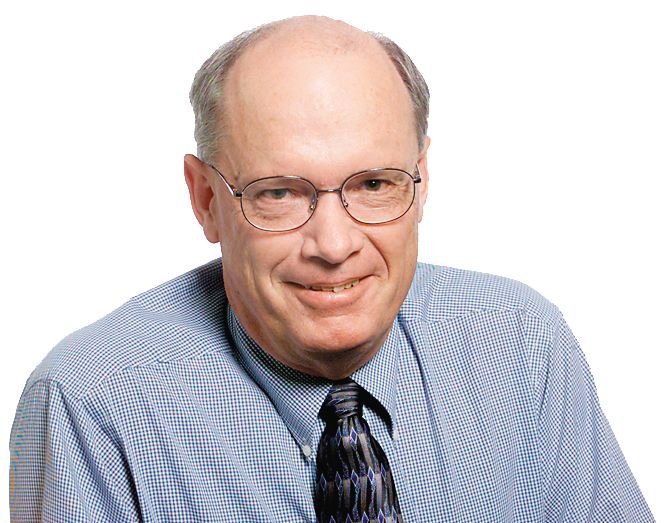Take a good look at that race in the 3rd Congressional District. No, not the candidates (Camas Republican Jaime Herrera or Olympia Democrat Denny Heck, to succeed Brian Baird). I’m talking about the district itself.
This will be the last election for the 3rd as we know it. The 2010 Census will trigger the decennial redistricting efforts, and the two fastest growing congressional districts in our state are the 3rd (Clark, Pacific, Wahkiakum and Cowlitz counties and most of Thurston and Skamania counties) and the 8th (Bellevue, eastern King and Pierce County). Both districts will shrink in geographical size to meet redistricting standards. Then, the 2012 election will be based on the redrawn boundaries.
Take a good look, because this is the largest 3rd you’ll ever see, and it’s probably going to turn a lot more red.
Congressional and legislative districts are redrawn every 10 years based on the fundamental definition of a democracy. Each district should have nearly equal population (constituents, potential voters). District lines should coincide with city and county boundaries when possible, and the districts must be as compact as possible. This redistricting process might appear academic, but in fact it is drenched in political high drama. Here’s why:



